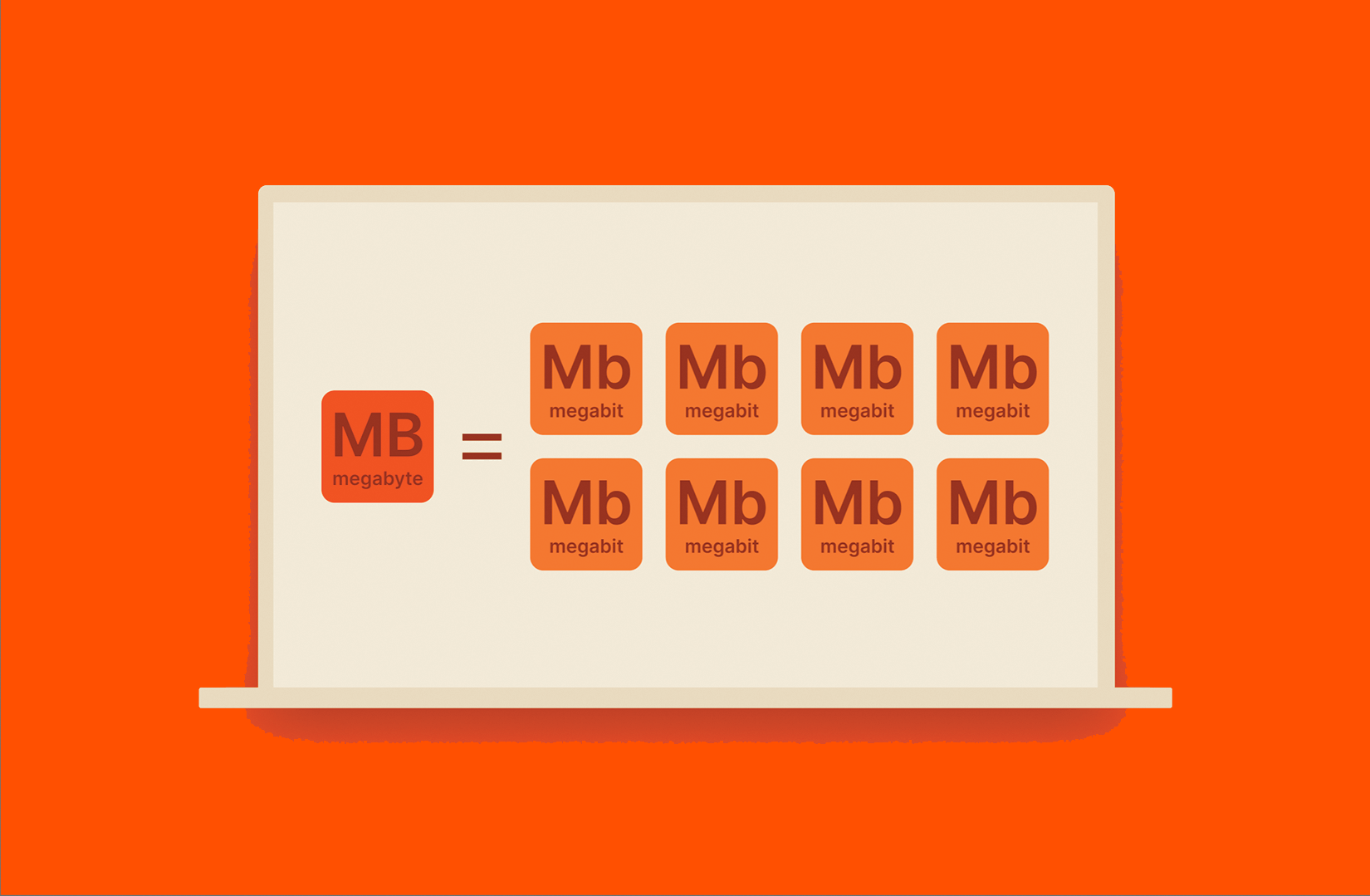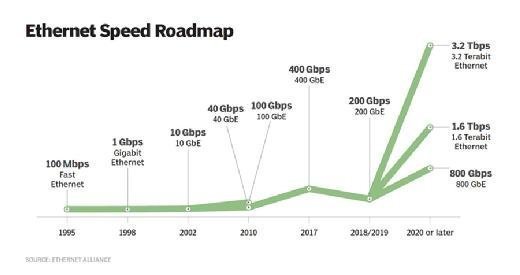How Megabits Per Second Impact Your Online Tasks
The idea of megabits per second (Mbps) plays a pivotal role in shaping our online experiences. Greater Mbps can improve efficiency and lower interruptions, while inadequate speeds may cultivate aggravation and inadequacy.
Understanding Megabits Per Second
When taking into consideration internet rate, it's crucial to recognize the concept of megabits per second (Mbps), which functions as a standard measurement for data transfer prices. This statistics quantifies how much data can be transmitted over a net connection in one second, providing a clear understanding of efficiency capacities - Megabits Per Second. For context, one megabit is equal to one million little bits, and Mbps is frequently used to share bandwidth for numerous on-line activities
A higher Mbps indicates a quicker internet link, enabling customers to do tasks such as downloading and install documents, surfing internet sites, and participating in on the internet gaming a lot more successfully. Regular browsing calls for around 1-5 Mbps, while streaming high-def video clip may require 5-25 Mbps. Understanding these needs is important for determining the proper web rate needed for particular tasks.
Additionally, the variety of gadgets connected to a network can affect overall efficiency. Numerous users streaming, video gaming, or downloading at the same time can stress offered transmission capacity, leading to slower speeds - Megabits Per Second. Evaluating individual online practices and demands is vital in choosing a net strategy that aligns with one's requirements, guaranteeing a seamless digital experience
Streaming and Buffering Issues
Streaming high-definition web content has actually come to be a staple of modern-day online amusement, yet it is commonly gone along with by discouraging buffering concerns. These disruptions can significantly take away from the watching experience, bring about frustration and potential loss of target market involvement. Buffering takes place when the information transferred from the streaming solution is not received quickly sufficient to preserve a smooth playback, commonly because of inadequate net rate determined in megabits per second (Mbps)

Moreover, real-time streaming can be impacted by network congestion, which happens when several tools share the same data transfer. Maximizing link speed and making certain appropriate Mbps is crucial for a seamless streaming experience. As streaming services remain to progress, recognizing the impact of Mbps on buffering concerns continues to be crucial for consumers looking for uninterrupted entertainment.
Online Gaming Efficiency
The influence of internet rate on on-line activities expands beyond streaming, substantially affecting on-line pc gaming performance. In competitive video gaming, reduced latency and high data transfer are critical for a seamless experience. A rapid link reduces lag, enabling players to respond quickly to in-game occasions, which can be the distinction in between success and loss.
Transmission capacity, gauged in megabits per second (Mbps), plays an important duty in supporting multiple gadgets and pc gaming systems all at once. Insufficient bandwidth can cause went down links or minimized video game top quality, negatively impacting gameplay. On the internet multiplayer games need considerable information transfer, especially throughout peak video gaming hours when countless gamers are online.
Busy first-person shooters require higher rates to preserve responsiveness, while turn-based method video games might operate fairly well on reduced rates. As on-line pc gaming proceeds to evolve, with increasing graphical fidelity and more intricate multiplayer atmospheres, the demand for greater Mbps will only magnify.
Video Clip Conferencing Top Quality
In today's digital landscape, video clip conferencing top quality is greatly influenced by net speed, specifically in regards to data transfer and latency. High-grade video calls need adequate transmission capacity to transfer audio and video clip information seamlessly. Commonly, a minimum of 1.5 Mbps upload and download speeds is suggested for basic definition video, while high-definition video conferencing generally requires at the very least 3 Mbps.
Latency, or the delay in between sending and getting data, likewise plays an essential role in the customer experience. Greater latency can lead to resemble, lag, and disjointed interactions, which can impede cooperation and interaction during meetings.
Additionally, multiple participants in a video clip seminar can strain available data transfer, requiring even greater rates. Network blockage, often brought on by synchronised tasks like streaming or downloading, can better degrade video clip quality. Thus, for companies depending on video conferencing for remote collaboration, comprehending the relationship between megabits per second and general communication top quality is important for keeping efficiency and boosting digital Your Domain Name communications.
Picking the Right Net Plan
Choosing an ideal net plan is vital for making sure optimum performance in various on-line activities, specifically in settings that demand high transmission capacity, such as video conferencing and online gaming. Megabits Per Second. When thinking about a web strategy, it is vital to assess both the rate and data allocation to match your certain use Read More Here needs
For families with numerous customers participating in simultaneous tasks, a plan supplying higher megabits per second (Mbps) is recommended. Generally, a minimum of 25 Mbps is ideal for standard streaming and surfing, while plans surpassing 100 Mbps are more effective for more extensive jobs. Additionally, think about the nature of your online activities; video clip conferencing needs at the very least 1.5 Mbps submit speed, while on-line gaming may require a lower latency but constant connection.
Unrestricted information plans can protect against throttling and disturbances, particularly if heavy usage is anticipated. By attentively selecting a web plan tailored to your demands, you can boost your online experience, making certain smooth, uninterrupted accessibility to your preferred activities.
Final Thought
In final thought, the importance of megabits per second (Mbps) in shaping on the internet tasks can not be overemphasized. A comprehensive understanding of private or house Mbps needs is important for choosing an ideal net strategy that properly supports diverse online activities and customer needs.

Usually, a minimum of 25 Mbps is suitable for typical streaming and browsing, while plans going beyond 100 Mbps are preferable for even more extensive tasks. Furthermore, take into consideration the nature of your online activities; video conferencing requires at least 1.5 Mbps submit speed, while online video gaming may require a reduced latency however regular link.